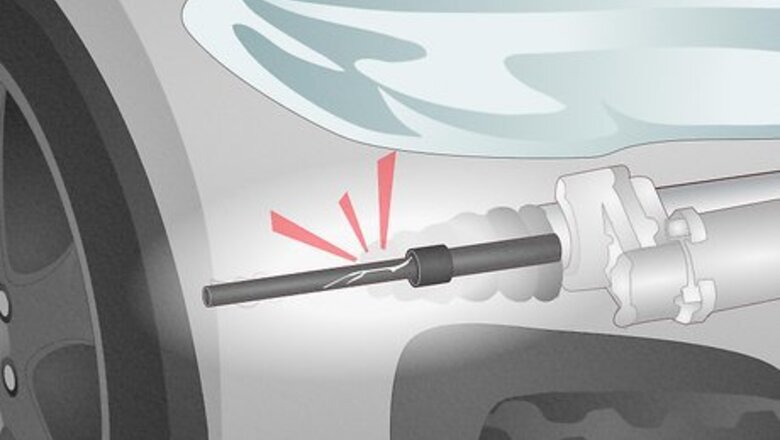
views
- A loose steering wheel is likely caused by worn down or damaged tie rod ends, CV joints, ball joints, or steering linkages.
- If the steering wheel feels flimsy and jiggles back and forth, the steering column is likely to blame.
- Do not drive if your steering wheel is loose and do not try to repair it yourself. Leave this one to a professional.
Potential Causes
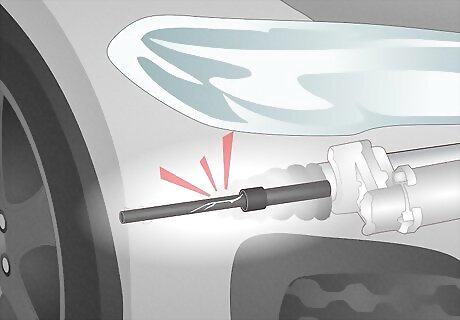
Failing tie rod ends The tie rods connect your front wheels to the steering wheel. They basically run from the steering column to the wheels so that when your column rotates, the rods match the movement. If the tie rods are damaged or failing, it can cause your steering wheel to feel loose. Other symptoms: You might hear repetitive knocking noises when you turn. Your steering wheel may also vibrate or your alignment may feel off. The repair: A mechanic will need to replace and recalibrate the tie rods. If your vehicle is very old, you may even need a new gearbox. The cost: Expect to spend $180-300 on new tie rods. It may run up to $600-800 if you need a new gearbox as well.
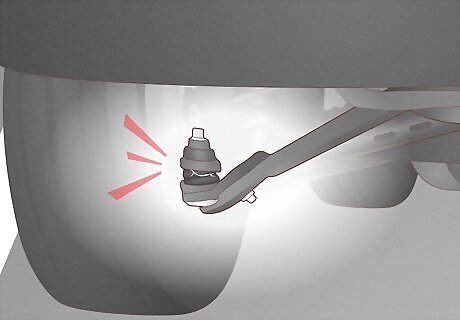
Bad ball or CV joints The ball joints and CV (constant velocity) joints are the hinges that connect to your wheels to the driveshaft. Without them, turning would feel extremely difficult as the tires would struggle to turn. If any of these joints fail though, it can cause your steering wheel to feel flimsy and unresponsive. Other symptoms: You may hear clicking or ticking noises, notice grease on the rim, or feel heavy vibrations coming from your steering wheel when you turn. The repair: The damaged joint likely needs to be entirely replaced. The cost: This one can be expensive since replacing these joints involves disassembling the suspension. Expect to pay $600-1,200 depending on your make and model.
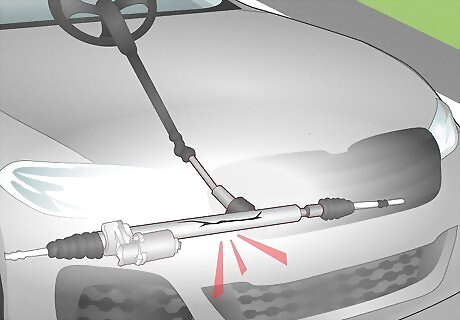
Bad steering linkages at the box, rack, or pinion The steering rack and pinion convert the rotational movement of the steering wheel to the directional movement of the wheels. Alternatively, the gearbox that tells the rack and pinions how fast to spin may have a loose connection somewhere. Any of these issues can cause a loose steering wheel. Other symptoms: Your vehicle may pull to one side. You may also notice difficulty keeping your vehicle straight, or hear knocking and clunking noises. The repair: The linkages need to be inspected, tested, and repaired or replaced as needed. The cost: It depends on what specific component is damaged and how bad the damage is. This may range anywhere from $300 to $1,200.
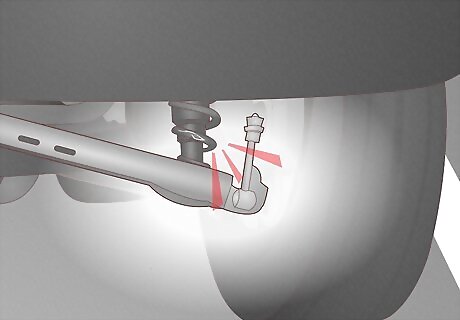
Front suspension damage or failure Your suspension system is responsible for keeping your ride comfortable and predictable. Basically, it absorbs the bumps and grooves on the road so that your car feels smooth as you drive. However, if a part of your front suspension fails, it can pull a tie rod or bearing with it and cause the steering wheel to spin freely. Other symptoms: Your vehicle feels a lot rougher, bumps impact you more palpably, and you have trouble steering the vehicle in the right direction. The repair: The steering and suspension systems have to be inspected by a pro and replaced or repaired. The cost: This is usually a pretty pricey repair, unfortunately. Expect to spend anywhere from $1,000-5,000 depending on your make and model.
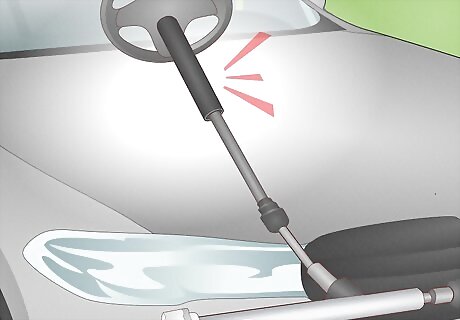
Worn out steering column This problem is unique because the steering wheel will feel like it’s jiggling or about to fall off—not just spinning freely (this is known as steering wheel shimmy or jiggle). This is usually a sign that the steering column or the knuckles inside of it are coming apart or damaged. Other symptoms: It’s difficult to steer, your car jerks around, or you hear metal grinding noises when you drive. The repair: A component in your steering column likely needs to be replaced. The cost: It depends on what part of the column requires replacement. This repair can range anywhere from $200-1,200, although you’ll likely spend around $600.
Diagnosis
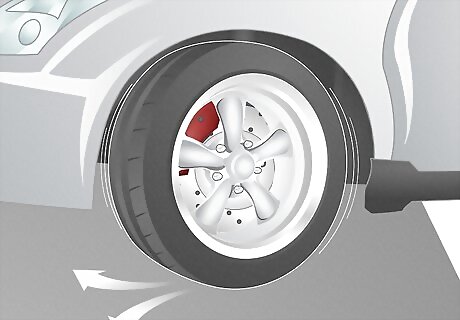
The mechanic will use a dry park test to inspect the vehicle. For the dry park test, the mechanic will turn the vehicle on and have someone turn the wheel back and forth while the car is in park. Depending on how the wheels react when the steering wheel is turned, they’ll be able to tell if the problem is connected to your steering linkages, steering column, or suspension system. After the dry park test, they’ll hoist the vehicle in the air for a closer look. Once they’ve identified the part of the vehicle that’s likely to blame, they’ll repair or replace the relevant parts.
How does it feel if your steering wheel is loose?
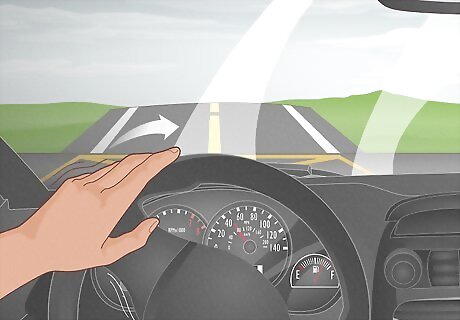
A loose steering wheel will spin freely without resistance. Normally, your tires naturally provide some light pressure when you turn the wheel. If your steering wheel is “loose,” you won’t feel that pressure. In fact, your steering wheel may feel like it’s spinning around all loosey-goosey. You know your vehicle best. If something just feels loose but you’re not entirely sure what’s wrong, it’s worth investigating. This is commonly known as steering wheel “play.”
Can I drive with a loose steering wheel?
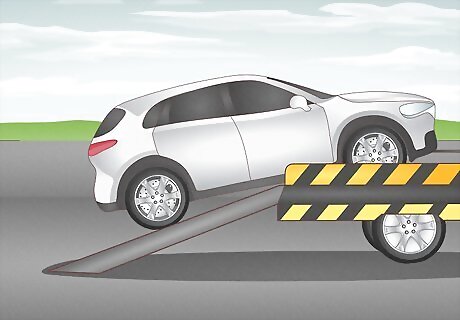
You 100% cannot drive on a loose steering wheel. An inability to steer correctly qualifies as a total non-starter when it comes to driving the vehicle. It’s simply too dangerous. You may struggle to move out of the way if someone steps into the street or another car enters your lane, and if a damaged steering system suddenly fails, you may loose control entirely. Just call a tow truck. It’s not worth the risk.
Can I fix a loose steering wheel myself?
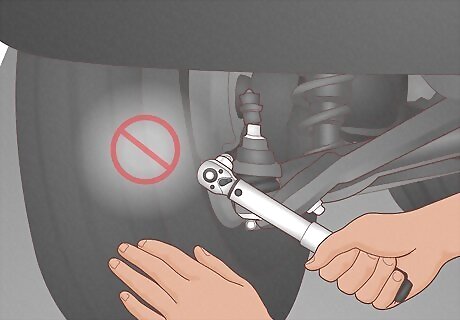
Unfortunately, no—the stakes are just too high. Even if you’re a seasoned backyard mechanic, you must leave steering repairs to a professional. The vehicle’s steering system is arguably just as complicated as the engine and transmission, and if you make even a minor misstep, the results can be catastrophic. Leave this to the professionals.












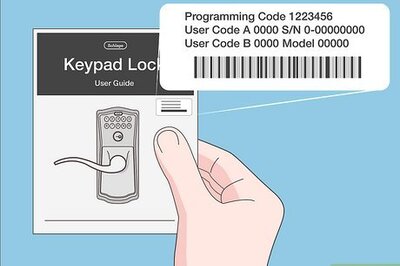


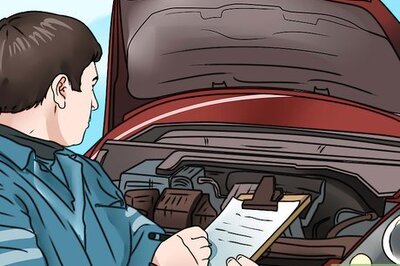



Comments
0 comment